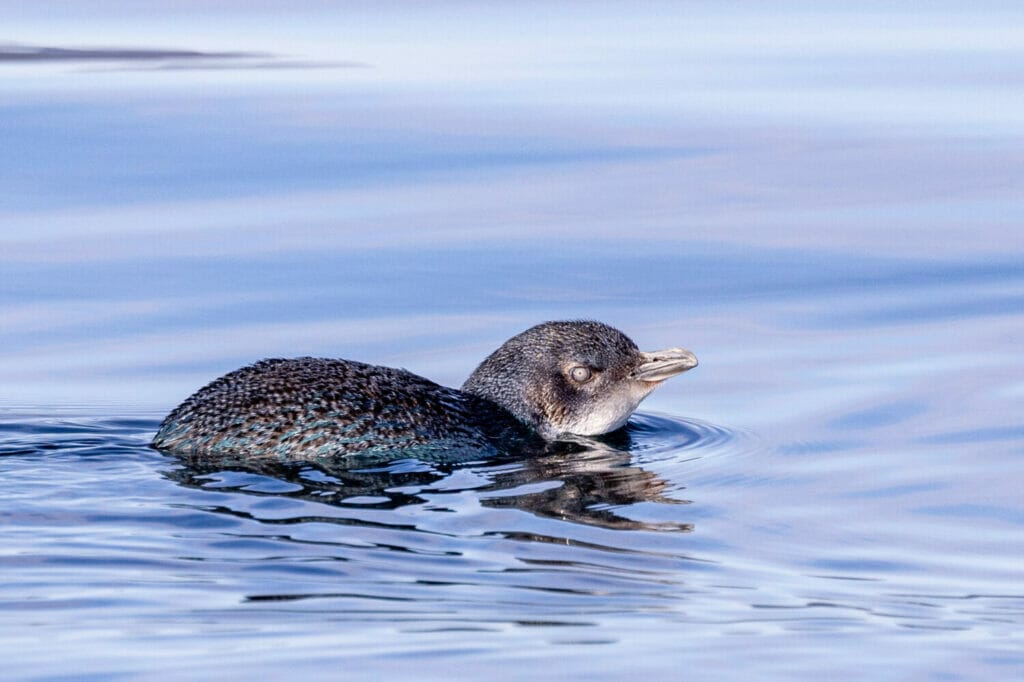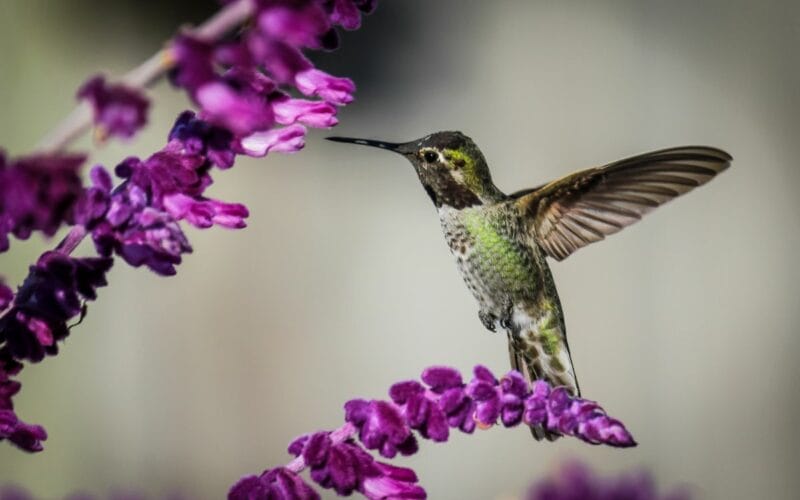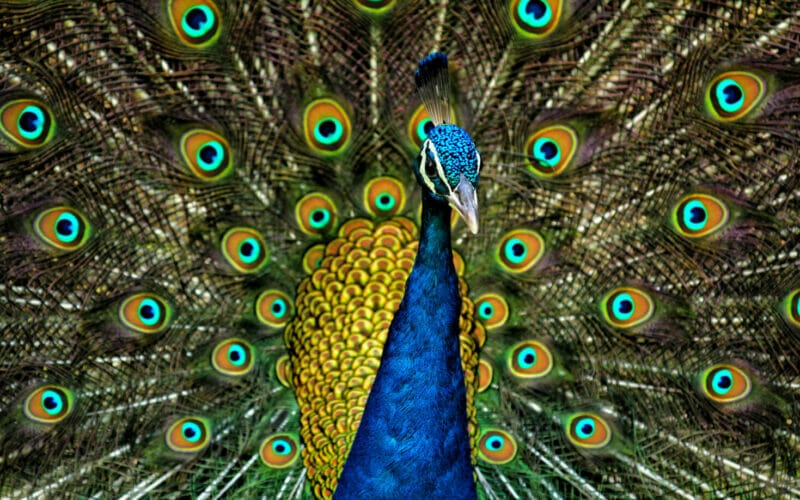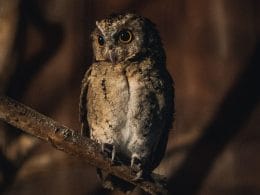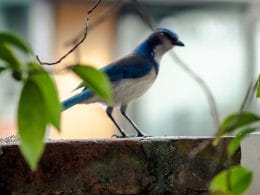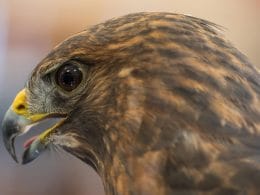What makes penguins a sweet sight in the bird world is their waddling. They don’t seem to have legs as their feet appear right out of their body.
But do penguins have knees they use to walk?
While these flightless seabirds have knees, they aren’t actually visible. A penguin’s unusual knees is just one of the many adaptations that these fascinating birds have.
In this article, I find out if penguins have knees and why we can only see a penguin’s feet.

Does a penguin have knees?
Yes, all penguins have knees, although we cannot see them because they are covered by the bird’s dense feathers.
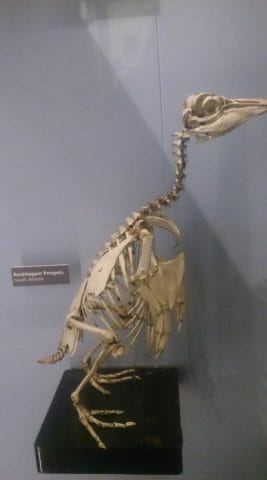
If you look at this penguin’s skeleton, you can see unusually long legs compared to a short torso. Similar to other bird legs, the legs of penguins contain a fibula, femur, kneecap and knee joint.
Do penguins have kneecaps?
While all birds possess knees, not all bird species also have kneecaps. However, penguins have both knees and kneecaps, known as patellae. This being said, a penguin’s kneecap is very different in shape from a human kneecap. They have the shape of a cube to fit neatly into the tendon around the knee. This allows these flightless birds to flex their knee joint when walking.
Skeletal structure
When we look at a penguin, this bird seems to have extremely short legs with large feet. But the majority of the penguin’s legs are hidden behind their dense feathers. This is also what causes the typical waddling in penguins.
Despite that penguins walk very different from us, they are bipeds and they also have legs and knees similar to ours. Here is an overview of a penguin’s leg and knee structure.
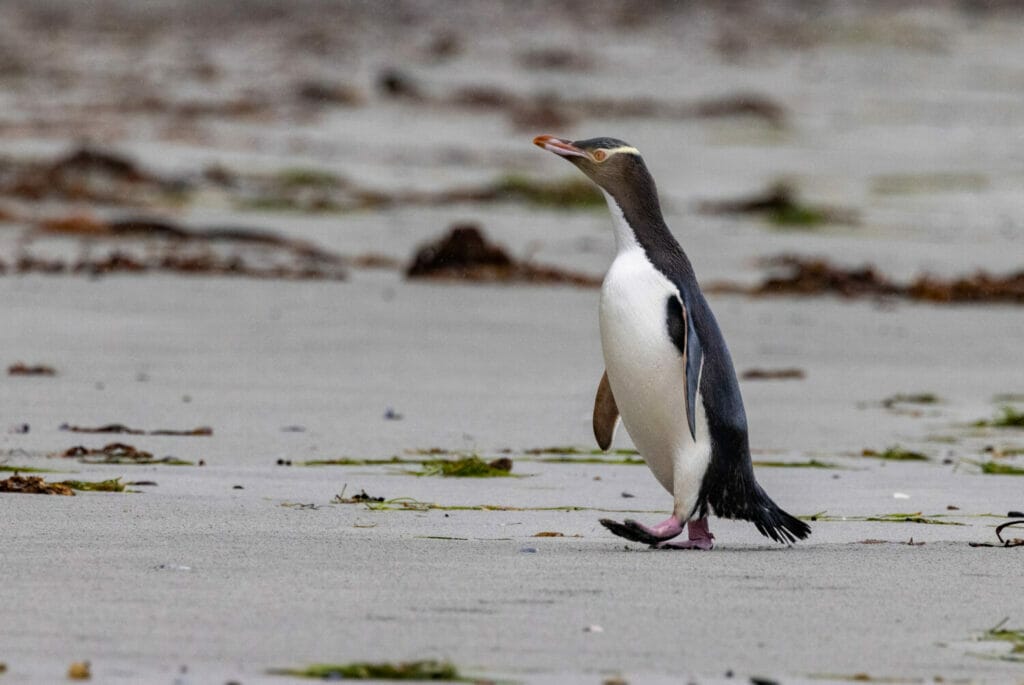
Upper legs
Just like humans, penguins have upper legs that sit at a 90-degree angle to their lower legs. The penguin’s thighbone, known as femur, is much shorter than ours. The femur is connected to the bird’s pelvis to create a hip joint.
Compared to other bird bones, the bones of penguins are much heavier because they spend the majority of their time swimming and diving. As they are flightless, they have no need for hollow bones that would allow them to lift off into the air like flying birds. On the contrary, the heavier bone mass allows penguins to swim and dive better with less buoyancy.
Knees
As penguins have to keep their lower legs vertically, they need to keep their knees bent. Although this doesn’t permit a lot of movement around the knee, they have a knee cap to protect the knee from damage. While you cannot see it, you can find a penguin’s knee just above the tip of their flippers.

Lower legs
The lower legs are the longest bones in a penguin’s leg skeleton. They contain the tibiotarsus, which is similar to the human tibia. As these shinbones are so long, the rest of their skeletal structure, such as the knees and upper legs, are much higher up in a penguin’s body.
Ankles
One of the first things that we see of a penguin’s legs is their ankles. These birds have powerful ankles that some people often mistake for knees.
Feet
Penguin’s feet are large and webbed. They also have big claws that allow them to catch their prey. Penguins have three large toes with a small first toe, also called hallux.
The large size of their feet is essential to penguins because it helps them to maneuver easily through the water and find solid footing on land.

What do penguins use their knees for?
Knees are an essential part of a penguin’ skeleton. Here are some of the main activities where knees are important for penguins.
Movement
A penguin uses its knees to propel its body forward in the water. It also allows them to walk easier on land that’s covered in snow and ice.
The flexible knees with kneecaps help this seabird to slice on snowy banks and stand firmly on solid ground.
As their knees are so high up in their body, they have a short-legged appearance which helps them swim faster.
The knees in a penguin’s body also allow these birds to stand up or sit down when they sleep.

Incubation
Knees also play an important role in a penguin’s nesting behavior. Penguins incubate their eggs by holding them between their knees.
They use their feet to keep the eggs away from the icy ground to ensure the eggs stay warm surrounded by the bird’s body.
Why do penguins waddle if they have knees?
There are a couple of reasons why penguins waddle, although they use their knees, including their unusual body shape and the size of their feet.
Large Feet
Compared to their body size, penguins have large feet that help them swim and walk on land. However, it’s difficult to move big feet around gracefully. That’s why, penguins waddle.
High Knees
A penguin’s knees are very high up in the body to make space for their relatively long lower leg. This gives a penguin more flexibility in the water but it doesn’t look very elegant on land. That’s why, a penguin waddles.
Body Shape
A penguin has an oval body shape with leg bones that take up a lot of space in their skeleton. Waddling is simply the most convenient way to move forward with this body shape.
Energy Conservation
For bipeds, such as humans and penguins, walking on two legs can consume a lot of energy. In addition, penguins have a large body mass compared to their size. This means that they spend a lot more energy on walking than other animals. Instead of wasting energy moving forward on land, they just use waddling as the easiest and most efficient way to conserve energy for their bodies.
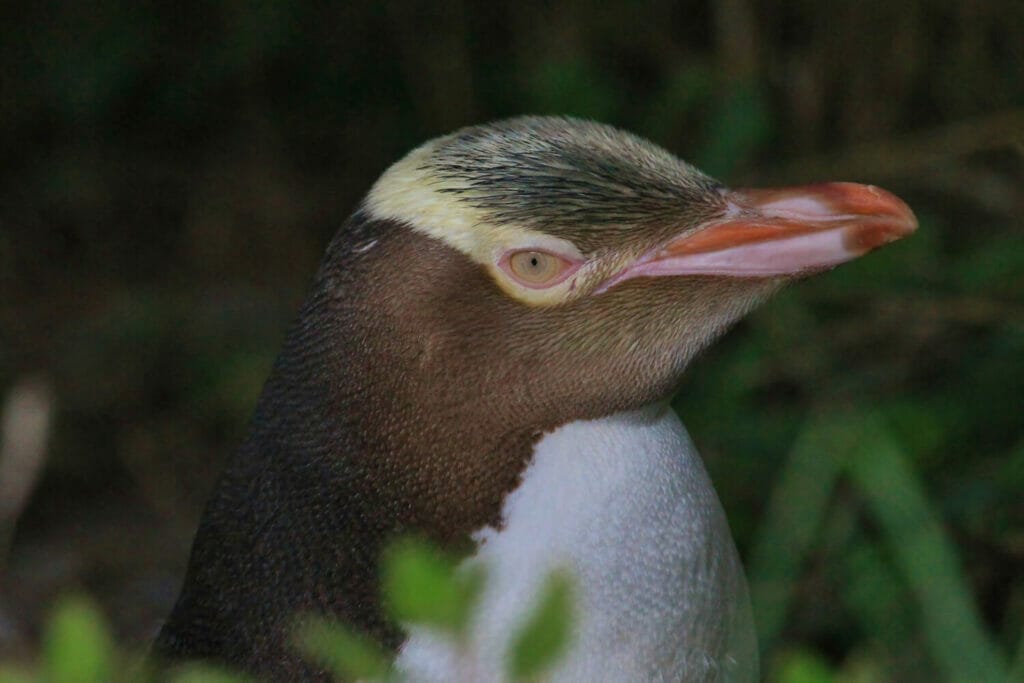
Final Thoughts
While a penguin’s skeleton is only made up of half as many bones as that of a human, penguins have knees and kneecaps. Like all other evolved animals, they are there for a reason and perform that purpose excellently.
FAQ
They are only found in the southern hemisphere with the largest numbers on Antarctica.
There are 18 species of penguins.
Penguins are classed as birds rather than mammals because they lay eggs and do not feed their young milk. They also have the presence of wings, even if they are not used for flight.
Great places to see penguins are Australia, New Zealand and South Africa. Non-Antarctica photos on this page were taken in New Zealand where you can see penguins on the ferry between the North and South Island!
